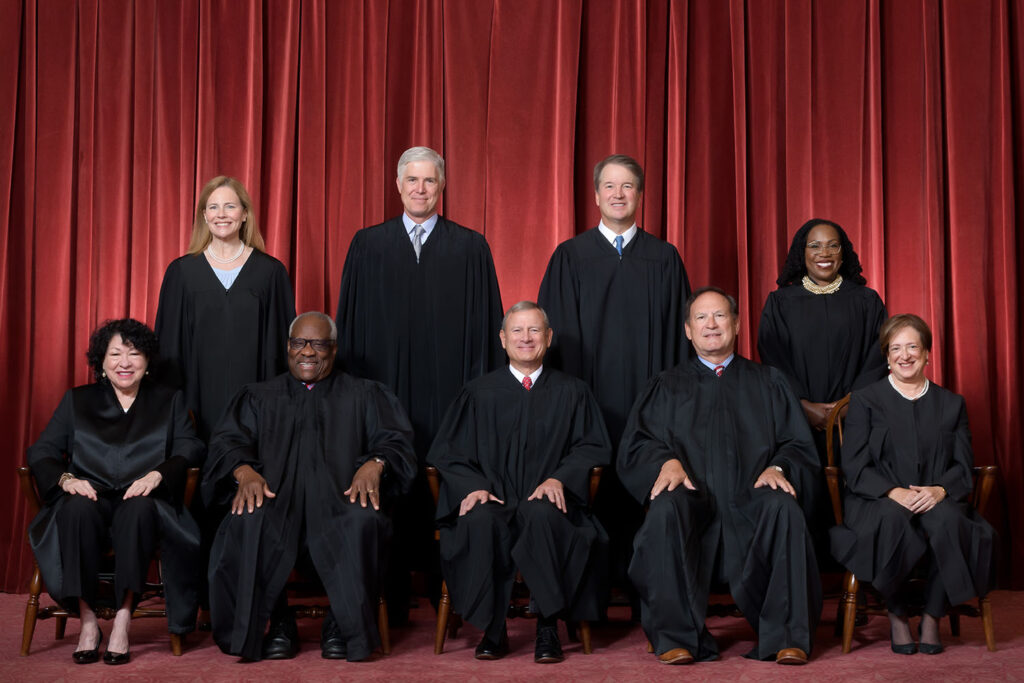Why Pick Federal Appeal Lawyers: Proven Techniques for Successful Appeals
Wiki Article
Demystifying the Process of Federal Appeals: What You Required to Know
Browsing the complex world of government appeals can commonly look like traversing undiscovered waters for those not familiar with the procedure. Comprehending the subtleties of appellate court jurisdiction, the ins and outs of submitting a notification of charm, presenting an engaging quick, and making an influential dental debate are essential components that can substantially influence the result of a case. By unwinding the layers of intricacy bordering government appeals, people can obtain a clearer understanding right into the mechanisms that control this vital phase of the legal system.Comprehending Federal Appeals Process
Exploring the intricate realm of the government allures process introduces a methodical and structured trip with the judicial system - federal tax fraud appeal lawyers. Federal appeals act as a critical device for examining decisions made by lower courts. Understanding this procedure is important for anybody involved in legal proceedings at the federal levelThe procedure typically starts with a party dissatisfied with a reduced court's judgment filing a notification of charm. This activates a review by a higher court, where a panel of judges analyzes the lawful disagreements presented by both parties. Briefs detailing the lawful reasoning behind each event's position are sent, and dental arguments might be heard to clarify complex problems.
The appellate court's decision is based on a comprehensive evaluation of the reduced court's proceedings and the disagreements provided. Once the appellate court reaches a choice, it can verify, reverse, remand, or modify the lower court's judgment, supplying quality and finality to the legal dispute.
Appellate Court Jurisdiction Discussed

Appellate courts have territory over details sorts of situations, typically those including legal mistakes, step-by-step problems, or inquiries of legislation instead of factual disagreements. The jurisdiction of appellate courts is normally outlined in statutes and laws that control the court system. Recognizing appellate court jurisdiction is essential for events entailed in the charms procedure as it establishes whether a situation is eligible for testimonial and the degree to which the appellate court can intervene in the reduced court's decision.
Filing a Notification of Allure
The preliminary step in commencing the government charms process includes filing a Notification of Appeal with the proper appellate court. federal appeals lawyers in seattle washington. This critical file officially notifies the court and the other celebrations involved in the instance that the appealing event intends to seek an evaluation of the lower court's decision. Filing a Notice of Appeal is a strict procedural requirement that establishes the appellate procedure movingWhen preparing the Notification of Charm, it is necessary to ensure compliance with the particular guidelines and guidelines of the pertinent appellate court. The paper should generally include information such as the instance name, the reduced court's name, the date of the judgment being appealed, and a concise declaration showing the grounds for the appeal.
Timeliness is essential when filing a Notification of Charm. Missing out on the due date for submitting this document can cause the allure being disregarded, emphasizing the value of exact and timely initiation of the appeals procedure. It is suggested to seek legal assistance to navigate the intricacies of filing a Notification of Appeal properly.
Rundown and Oral Disagreement
In the appellate process, offering written briefs and involving in oral debates play critical duties in promoting for the appealing party's setting before the appellate court. Briefs are detailed legal papers that outline the celebrations' arguments, investigate this site legal authorities, and evaluation supporting their settings. These written submissions offer the court with a comprehensive understanding of the realities of the case, the appropriate regulation, and why the appealing party thinks the reduced court's decision must be overturned.Complying with the entry and testimonial of the briefs, oral arguments use the events an opportunity to additional clarify their positions, attend to any kind of questions the appellate judges might have, and emphasize bottom lines from their composed briefs. Dental arguments are an opportunity for the lawyers to persuade the judges with spoken campaigning for and feedbacks to inquiries from the bench.

Receiving the Appellate Court Choice

Conclusion
In final thought, the government allures procedure is a facility yet important action in seeking justice. Understanding the appellate court jurisdiction, filing a notice of appeal, preparing briefs, and presenting oral arguments are all crucial components of this process. Eventually, receiving the appellate court decision can give clearness and resolution to lawful conflicts. It is necessary to browse the federal allures process with diligence and attention to information to accomplish a reasonable result.As we advance from comprehending the government appeals procedure to dissecting the intricacies of appellate court territory, a basic aspect comes to light concerning the authority and limitations of these greater courts in the lawful landscape. Appellate court territory refers to the scope of instances that a specific appellate court has the power to evaluate and decide upon. Unlike trial courts that listen to cases for the initial time, appellate courts are limited to assessing decisions made by reduced courts. Comprehending appellate court jurisdiction is crucial for events included in the allures process as it identifies whether a situation is qualified for evaluation and the degree to which the appellate court can interfere in the lower court's decision.
Whether the appellate court attests, reverses, or remands the lower court's choice, recognizing the ramifications of the judgment is critical for all events involved in the appellate procedure.
Report this wiki page